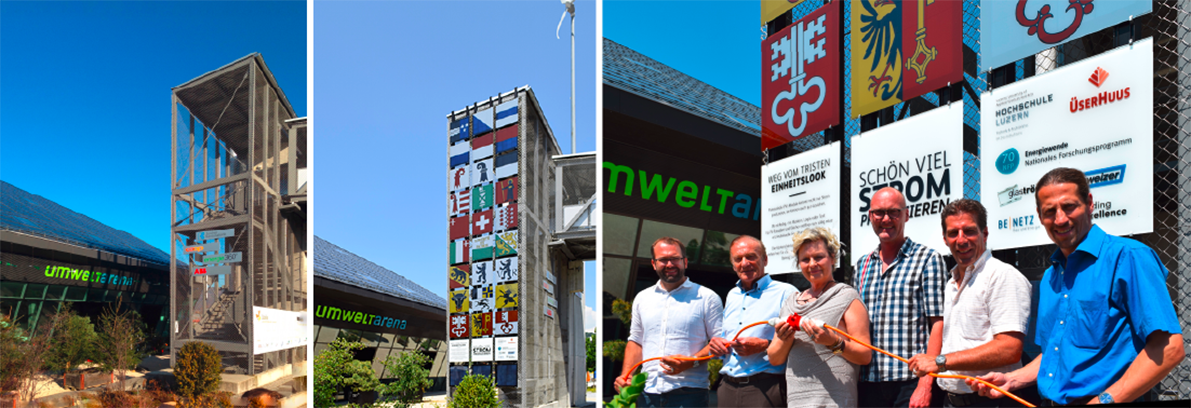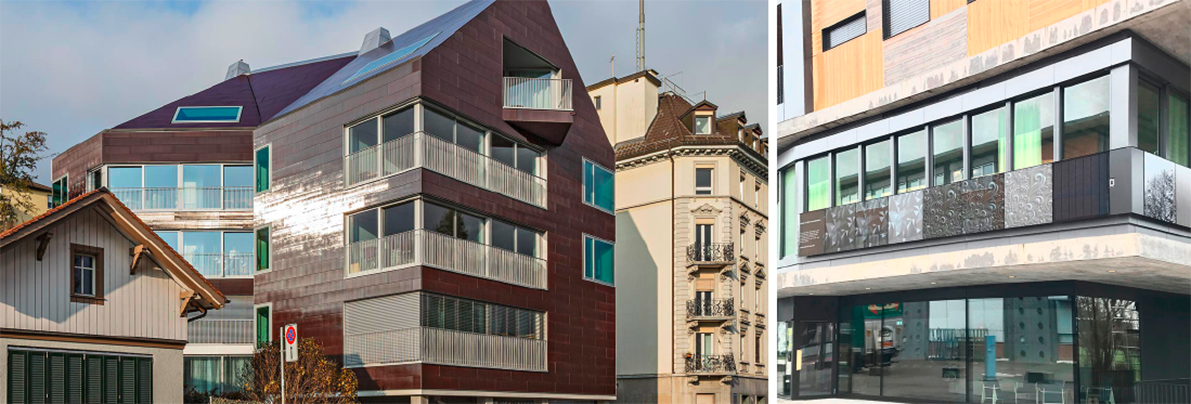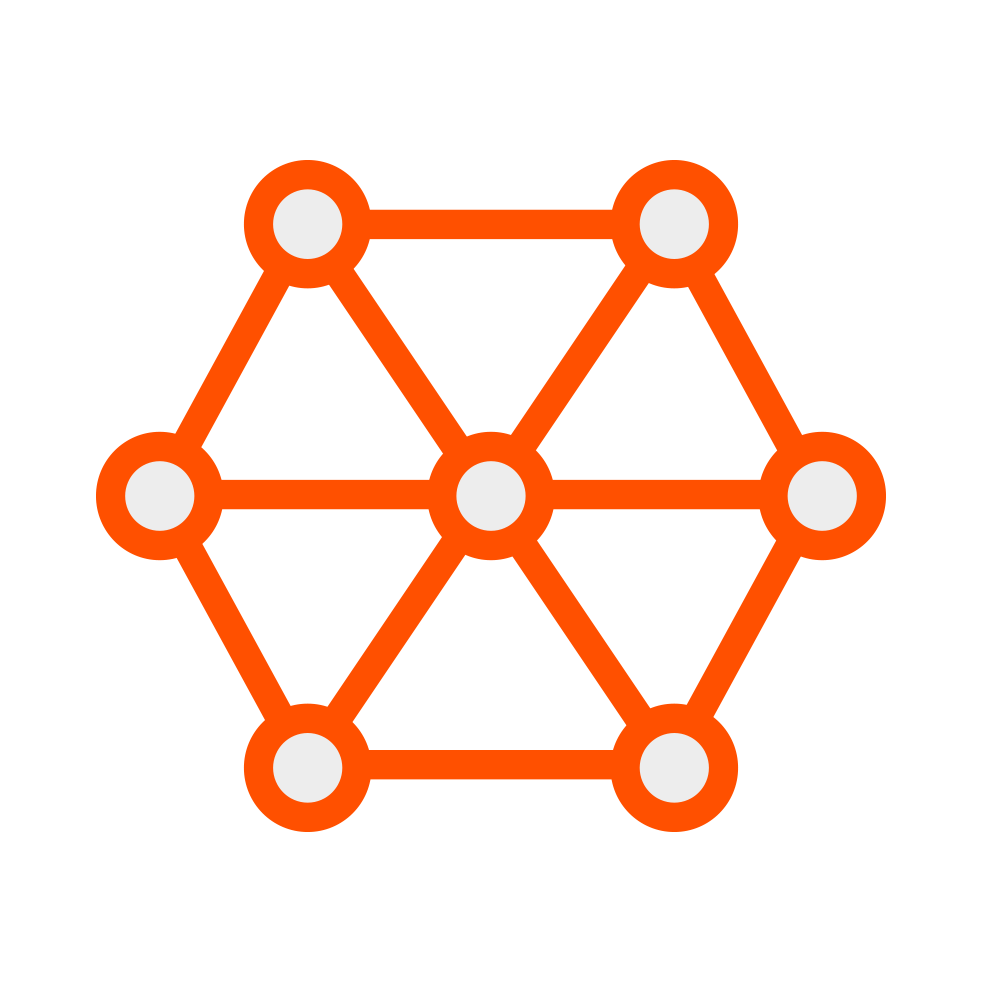How can we raise public awareness?
Pilot or demonstration projects that concern BIPV in general – but not directly residential renovation – were carried out in parallel with the project, in order to test new technologies and their market feasibility.

2016 Energy Challenge
The Energy Challenge is a bi-annual Swiss event to raise public awareness of energy efficiency and renewables through exhibition and experiences, traveling across many cities in Switzerland. We designed and supplied a PV glass box (Fig. 1), featuring our colored PV modules designed as Swiss cantonal flags and serving as shelter and charger of the world’s fastest Formula Student e-racing car, build in collaboration between ETH and HSLU. The PV glass box was designed as an off-grid PV system with battery storage and remote energy management system. The electrical system worked failure-free over the course of six months and traveling through eight cities, despite some minor water leakage through the roof. The NRP70 website featured this P&D project in their website’s news section [1].
The Umweltarena isSwitzerland’s national public exhibition centre for applied energy efficiency and renewables, attracting more than 100,000 victors annually. We initiated collaboration with Umweltarena and Technology Transfer company ÜserHuus and designed and built a PV facade on the staircase tower framing the entrance (Fig. 2). The PV facade features all cantonal flags and the national flag as PV modules, and hence underlines Umweltarena’s claim of being a point of national interest. Since inauguration in June 2017, all systems work properly, validating the technology readiness [2]. The PV facade's electrical and visual performance is monitored remotely and summarized live on a public display in the visitor's center.

House Solaris in Zürich
Architect Adrian Berger commissioned an Austrian PV manufacturer to build a terra cotta colored PV facade with vertically structured glass surfaces creating reflections resembling the dynamic water surfaces of the nearby lake (Fig. 3). HSLU consulted on its meta-c-print specifications for digital ceramic print, which increased electrical efficiency by 30% for the given terra cotta color [3].

PV railing at NEST @ empa
This project [4] features a new generation of our colored PV modules, this time with mono-crystalline PV cells, designed and commissioned by HSLU with support of ÜserHuus (Fig. 4). Three different designs (shutter, ornament and curve) were printed on glass of different finishes and reflection properties (float, silk and satinato). Each PV module is monitored individually so that the visual and electrical impact caused by designs and glass types can be compared. Preliminary results indicate that satinato glass finish provides the best color stability (or rather the least interference of print color with reflected colors), with almost identical electrical performance. This project was jointly developed with the SCCER Future and Energy Efficient Buildings and Districts (FEEBD).



